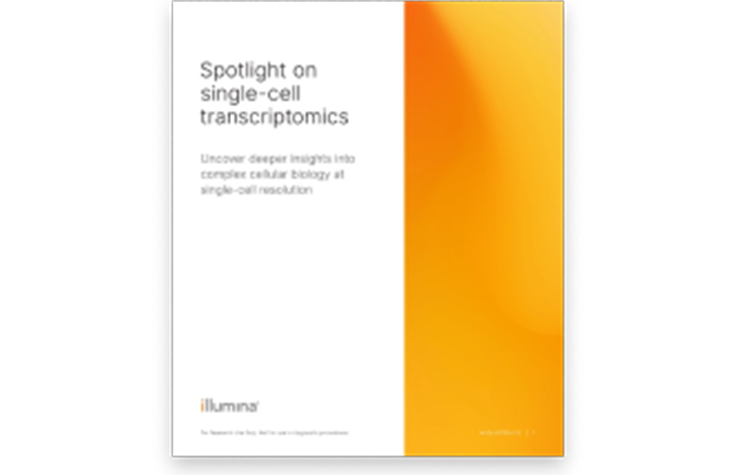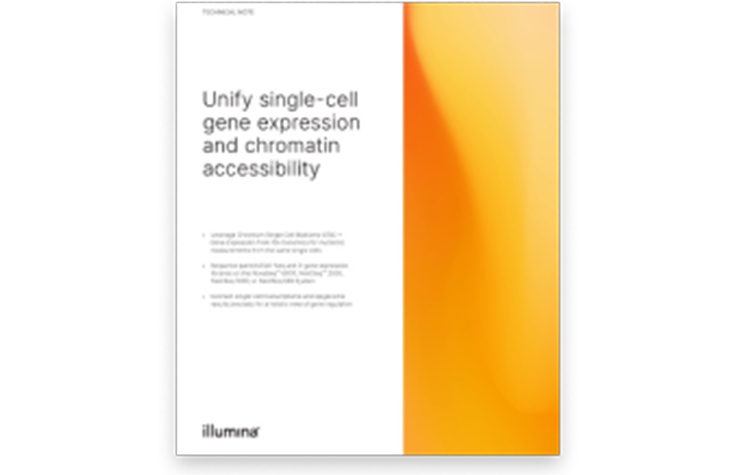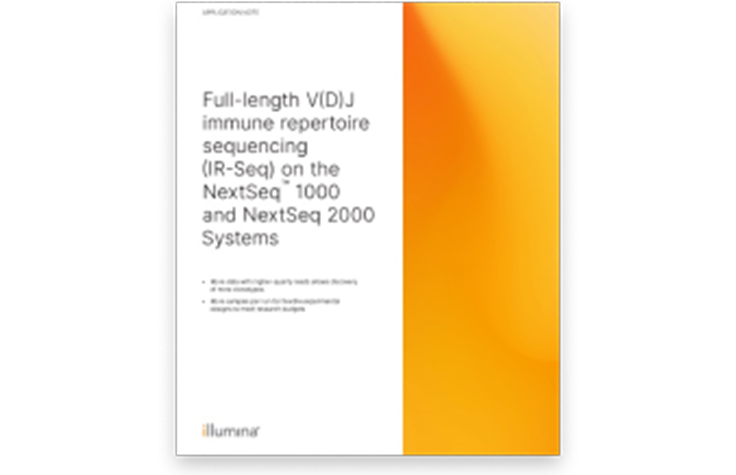Cancer Single-Cell Analysis
Analyzing cancer at the cellular level
Single-cell sequencing powered by next-generation sequencing (NGS) can examine the genomes or transcriptomes of individual cancer cells, providing a high-resolution view of cell-to-cell variation. Although it can be helpful in some cases to average samples, interrogating individual cells can reveal insights for heterogeneous samples such as tumor microenvironments. Cancer single-cell analysis can reveal drivers of cancer at the DNA, RNA, epigenetic, and protein levels (individually or as multiomic experiments) that could otherwise be missed when aggregating samples in bulk.

Bulk-cell analysis vs single-cell analysis
Choosing between bulk-cell and single-cell analysis depends on the overall research goals. Profiling single cells can help you understand how unique populations impact cancer and how they might be exploited therapeutically.
Some key benefits of single-cell sequencing over bulk-cell sequencing include:
- Detecting functional cell populations in the tumor microenvironment
- Uncovering the impact of non-cancerous cell populations such as immune cells (eg, B-cells and T-cells) and fibroblasts on tumor biology
- Understanding the effects of epigenetic heterogeneity in cancer progression
- Constructing the evolution of somatic variants from tumor samples
- Identifying and characterizing cancer stem cell populations
Approaches to cancer single-cell analysis
Single-cell transcriptomics
Single-cell transcriptomics enables unprecedented insights into cellular function and individual cell interactions within their environment. Illumina NGS technology maximizes the discovery power of single-cell gene expression studies, enabling researchers to assay millions of individual cells in a single assay with high accuracy and sensitivity.
Assay for transposase-accessible chromatin using sequencing (ATAC-Seq)
ATAC-Seq can be used to study cell type-specific chromatin accessibility in different tissues with heterogeneous cell populations to better understand how chromatin packaging and other factors affect gene expression. Single-cell ATAC-Seq combines compartmentalization and barcoding of single cells with Tn5 tagmentation. The Tn5 transposase tags open chromatin regions with sequencing adapters. The tagged DNA fragments are then purified, amplified, and sequenced.
Single-cell immune repertoire
The single-cell immune repertoire refers to the diverse collection of individual immune cells within an organism, each equipped with unique receptor molecules on their surface. These receptors enable immune cells to recognize and respond to threats, such as pathogens or abnormal cells.
Analyzing the single-cell immune repertoire involves studying the genetic sequences that encode these receptors, providing insights into the immune system's diversity, functionality, and specificity at the individual cell level. This analysis holds promise in understanding immune responses in diseases, facilitating personalized medicine approaches, and developing targeted therapies.
Learn how Creighton University is advancing cancer research with single-cell sequencing
Hear from Jun Xia, PhD and Yusi Fu, PhD, co-directors of the Innovative Genomics & Bioinformatics Core (IGBC) at Creighton University, about their cancer research as well as the people who inspire their work. With the help of the NextSeq 2000, they have developed highly accurate single-cell sequencing methods to detect cancer biomarkers and have fast-tracked their research, opening doors with collaborators to better understand the fundamental processes that drive cancer.
Featured single-cell analysis products
NovaSeq X Series
Sequencing systems with up to 16 Tb output per run on the dual flow cell NovaSeq X Plus System or up to 8 Tb on the single flow cell NovaSeq X System.
DRAGEN secondary analysis
The DRAGEN Secondary Analysis platform features a single-cell RNA pipeline that offers a cell-by-gene-expression matrix output starting point for downstream single-cell analysis.
DRAGEN Single-Cell RNA (scRNA) Pipeline
The DRAGEN Single-Cell RNA (scRNA) Pipeline can process multiplexed single-cell RNA-Seq data sets from reads to a cell-by-gene UMI count gene expression matrix.
Resources
Single-cell sequencing workflow guide
Explore every step of the single-cell sequencing workflow and learn valuable insights to ensure experimental success.
Resolving tumor microenvironment heterogeneity at the single-cell level from fixed samples
In this webinar, 10x Genomics and Illumina present the Single Cell Fixed RNA solution, which enables RNA sequencing at the single-cell level across millions of cells from fixed samples.
Illumina Connected Analytics single-cell RNA workflow
In this demonstration, we will show you how an Illumina Connected Analytics user can perform a single-cell RNA analysis workflow consisting of a DRAGEN secondary analysis pipeline and interpret those results using an interactive R Shiny application in the ICA Bench environment.
Interested in learning more about single-cell cancer research?
References
- Aldridge S, Teichmann SA. Single cell transcriptomics comes of age. Nat Commun. 2020;11(1):4307. doi:10.1038/s41467-02018158-5




